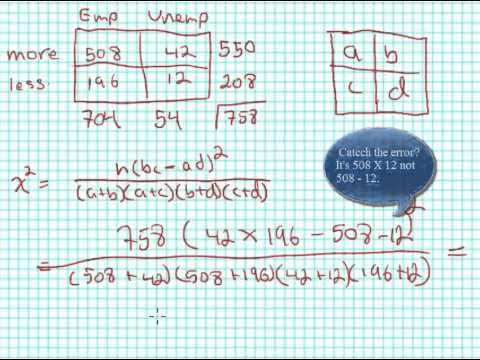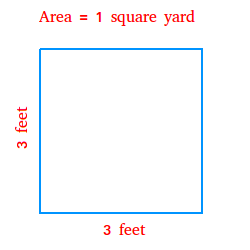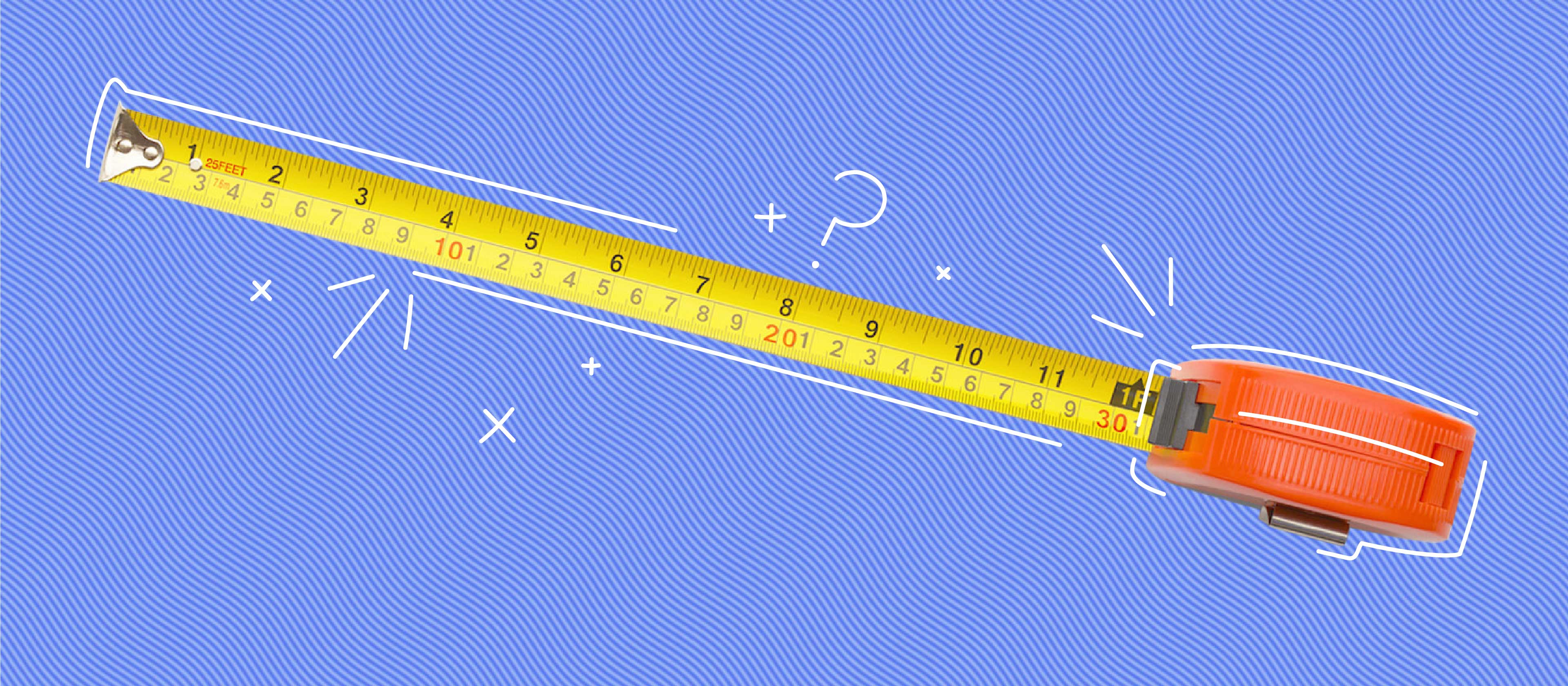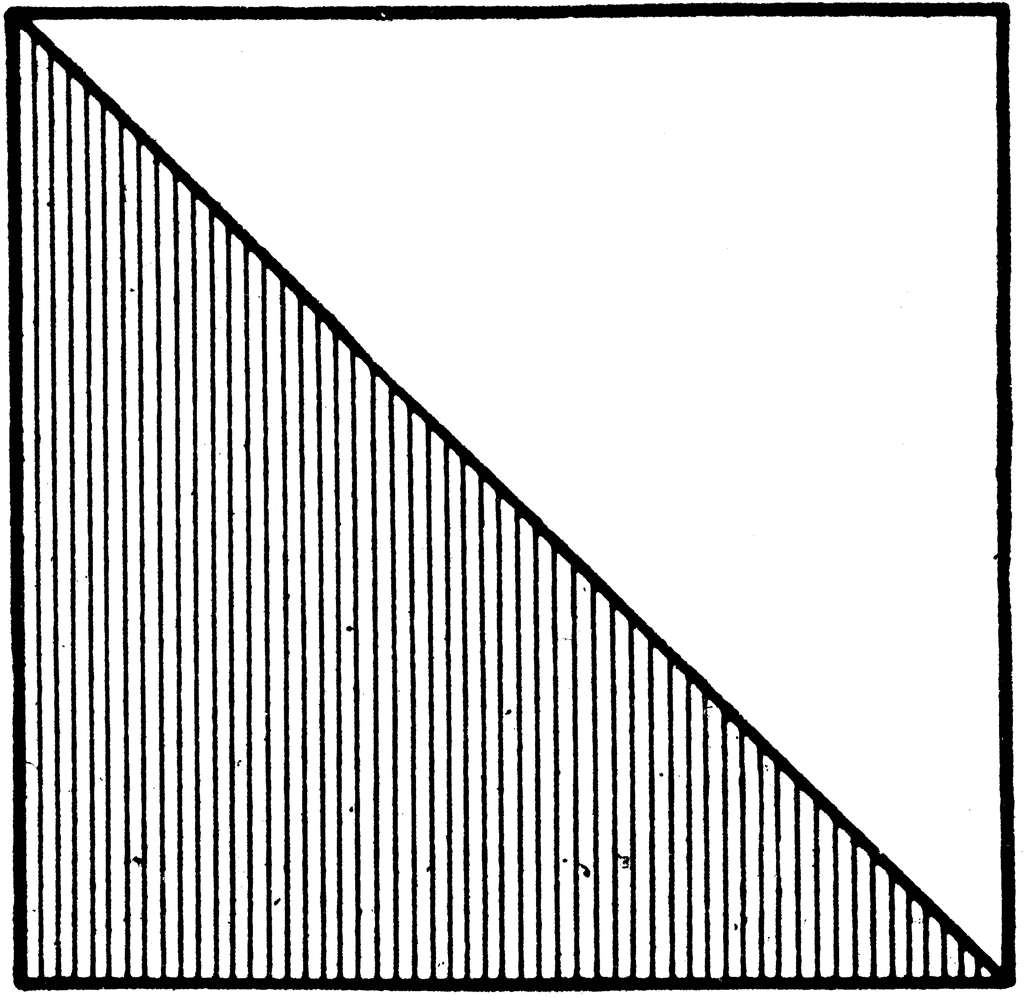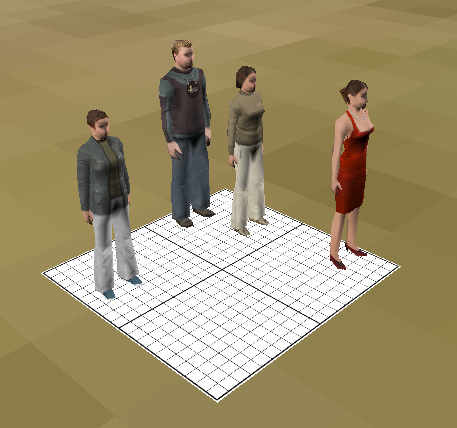Topic what is v squared: The term "v squared" appears frequently in physics equations and concepts, often representing the square of velocity. It is a key component in various formulas such as those for kinetic energy, drag force, and equations of motion. This article will explore the different contexts and applications of "v squared" to help clarify its significance and usage.
Table of Content
- Understanding the Concept of v²
- Introduction
- Physics and Mathematics
- V Squared in Kinematic Equations
- V Squared in Electric Power Systems
- Applications and Practical Use
- YOUTUBE: Khám phá cùng chúng tôi ý nghĩa của đơn vị 'meters per second squared' trong động học và tại sao nó là một khái niệm quan trọng.
Understanding the Concept of v²
In physics, the equation v² = u² + 2as is used to describe the relationship between the initial velocity, final velocity, acceleration, and displacement of an object in motion. This formula is one of the kinematic equations that govern motion under constant acceleration.
Kinematic Equations
The kinematic equations are essential tools in physics, used to predict the future motion of objects when the initial conditions are known. The key equations include:
v = u + ats = ut + ½at²
Derivation of v² = u² + 2as
Starting with the basic kinematic equations, we can derive the formula for final velocity squared:
- First, express time (t) in terms of initial and final velocities:
t = (v - u) / a. - Substitute this expression for t into the displacement equation:
s = ½(u + v)t. - Expanding and simplifying yields:
2as = v² - u², which rearranges to the final form:v² = u² + 2as.
Application
This equation is particularly useful in scenarios where time is not a factor, and we need to find the final velocity of an object given its initial velocity, constant acceleration, and the distance traveled.
| Variable | Symbol | Definition |
|---|---|---|
| Final velocity | v | The velocity of the object at the end of the time period |
| Initial velocity | u | The velocity of the object at the start of the time period |
| Acceleration | a | The constant acceleration of the object |
| Displacement | s | The distance traveled by the object |
Example Problem
Suppose a car accelerates from rest (u = 0) at a constant rate of 2 m/s² over a distance of 100 meters. To find the final velocity:
Using v² = u² + 2as:
v² = 0² + 2 * 2 * 100
v² = 400
v = √400 = 20 m/s
Conclusion
The equation v² = u² + 2as is a powerful tool in physics, allowing us to connect different aspects of an object's motion. Understanding and applying this equation is crucial for solving a variety of problems in kinematics.

READ MORE:
Introduction
The term \( v^2 \) is widely used in physics and engineering, representing the square of velocity. This concept is essential in various formulas and calculations, such as determining kinetic energy, aerodynamic drag, and final velocity under uniform acceleration. Understanding \( v^2 \) helps in analyzing motion and forces in different systems, making it a fundamental element in the study of dynamics.
Physics and Mathematics
The expression v^2 appears frequently in physics and mathematics, particularly in equations of motion and energy calculations. Understanding v^2 is crucial for solving problems related to velocity, acceleration, and displacement.
- Equation of Motion: The equation
v^2 = u^2 + 2asrelates the final velocity (v) of an object to its initial velocity (u), acceleration (a), and displacement (s). This is one of the fundamental equations used to describe the motion of objects under constant acceleration. - Kinetic Energy: In the context of energy,
v^2is used in the formula for kinetic energy,KE = \frac{1}{2}mv^2, wheremis the mass of the object andvis its velocity. This equation shows how the kinetic energy of an object increases with the square of its velocity. - Driving Safety: The relationship between speed and stopping distance is also influenced by
v^2. For example, doubling the speed of a vehicle results in a stopping distance that is four times longer, demonstrating the quadratic relationship between speed and stopping distance.
In summary, the term v^2 is integral to various physics equations, illustrating how velocity interacts with other physical quantities. Its applications range from calculating the motion of objects to understanding energy dynamics and ensuring safety in practical scenarios.
V Squared in Kinematic Equations
In physics, kinematic equations describe the motion of objects under the influence of constant acceleration. One of the key equations involves the term \( v^2 \), which represents the final velocity squared. This equation is derived from the fundamental principles of kinematics and is crucial for solving various problems related to motion.
- The kinematic equation incorporating \( v^2 \) is given by:
- \( v^2 = u^2 + 2as \)
- Where:
- \( v \) is the final velocity
- \( u \) is the initial velocity
- \( a \) is the constant acceleration
- \( s \) is the displacement
This equation is particularly useful when the time of travel is not known. It helps in calculating the final velocity of an object when its initial velocity, acceleration, and displacement are known.
Let's break down the derivation step by step:
- Start with the basic kinematic equations:
- \( v = u + at \)
- \( s = ut + \frac{1}{2}at^2 \)
- Eliminate time (t) by solving the first equation for \( t \):
- \( t = \frac{v - u}{a} \)
- Substitute \( t \) into the second equation:
- \( s = u\left(\frac{v - u}{a}\right) + \frac{1}{2}a\left(\frac{v - u}{a}\right)^2 \)
- Simplify the equation:
- \( s = \frac{u(v - u)}{a} + \frac{1}{2}a\left(\frac{(v - u)^2}{a^2}\right) \)
- \( s = \frac{uv - u^2}{a} + \frac{1}{2}\frac{(v^2 - 2uv + u^2)}{a} \)
- \( s = \frac{uv - u^2}{a} + \frac{v^2 - 2uv + u^2}{2a} \)
- \( 2as = 2uv - 2u^2 + v^2 - 2uv + u^2 \)
- \( 2as = v^2 - u^2 \)
- Rearrange to obtain the final form:
- \( v^2 = u^2 + 2as \)
Understanding this equation is fundamental for analyzing the motion of objects in various physical contexts, such as calculating the stopping distance of vehicles, projectile motion, and free-fall problems.
V Squared in Electric Power Systems
In electric power systems, understanding the relationship between voltage, current, and power is essential. The formula for electric power is given by:
$$ P = \frac{V^2}{R} $$
where:
- P is the power in watts (W)
- V is the voltage in volts (V)
- R is the resistance in ohms (Ω)
This formula shows that the power dissipated in a resistor is proportional to the square of the voltage across it, divided by the resistance.
Let's explore the practical implications of this relationship in electric power systems:
-
Power Dissipation
- Higher voltage across a resistor increases the power dissipation exponentially.
- For example, if the voltage doubles, the power dissipation increases by a factor of four.
-
Efficiency Considerations
- Minimizing power loss is crucial for efficient power transmission.
- Using high voltage and low current reduces resistive losses in transmission lines.
-
Heat Generation
- Resistors dissipate electrical power as heat.
- Effective heat management is necessary to prevent damage and maintain system reliability.
In summary, the equation \( P = \frac{V^2}{R} \) highlights the importance of voltage in determining the power dissipated in resistive elements. This principle is fundamental in designing and managing electric power systems, ensuring both efficiency and safety.

Applications and Practical Use
The concept of \( v^2 \) finds extensive applications across various fields, ranging from physics to finance, showcasing its practical utility and significance. Below are some key areas where \( v^2 \) is commonly applied:
-
Physics:
In kinematics, the equation \( v^2 = u^2 + 2as \) is used to determine the final velocity (\( v \)) of an object when initial velocity (\( u \)), acceleration (\( a \)), and displacement (\( s \)) are known. This is crucial for understanding motion in various contexts, such as vehicles and projectiles.
-
Engineering:
Engineering disciplines, especially electrical engineering, use \( v^2 \) in power calculations. The power dissipation in resistors is given by \( P = \frac{v^2}{R} \), where \( P \) is power, \( v \) is voltage, and \( R \) is resistance. This relationship is fundamental in designing and analyzing electrical circuits.
-
Finance:
In finance, \( v^2 \) is relevant in the calculation of stock market volatility. The variance (a measure of volatility) is often squared to provide insights into the stability or risk associated with an investment. Understanding this helps in making informed investment decisions.
-
Science:
In various scientific disciplines, \( v^2 \) is used in formulas to compute energy, force, and other critical parameters. For instance, in wave physics, the intensity of a wave is proportional to the square of its amplitude.
-
Statistics:
In statistical analysis, the variance (which is \( v^2 \)) is a measure of data dispersion around the mean. This helps in understanding the spread and variability of data sets, which is crucial in data analysis and interpretation.
-
Geometry:
In geometry, the square of a number (area) is frequently used to solve problems involving shapes and their properties. For example, the Pythagorean theorem uses squares of side lengths to find the length of the hypotenuse in right-angled triangles.
These applications highlight the versatility and importance of \( v^2 \) in both theoretical and practical contexts, making it an essential concept in multiple disciplines.
Khám phá cùng chúng tôi ý nghĩa của đơn vị 'meters per second squared' trong động học và tại sao nó là một khái niệm quan trọng.
Động học, Mỗi giây bao nhiêu mét vuông có nghĩa là gì? (Giải thích tốt nhất từ trước đến nay)
READ MORE:
Khám phá với chúng tôi về hiệu ứng gián tiếp kích thước v-vuông và tại sao nó là một khái niệm quan trọng trong thống kê.
Hiệu Ứng Gián Tiếp Kích Thước v-vuông
